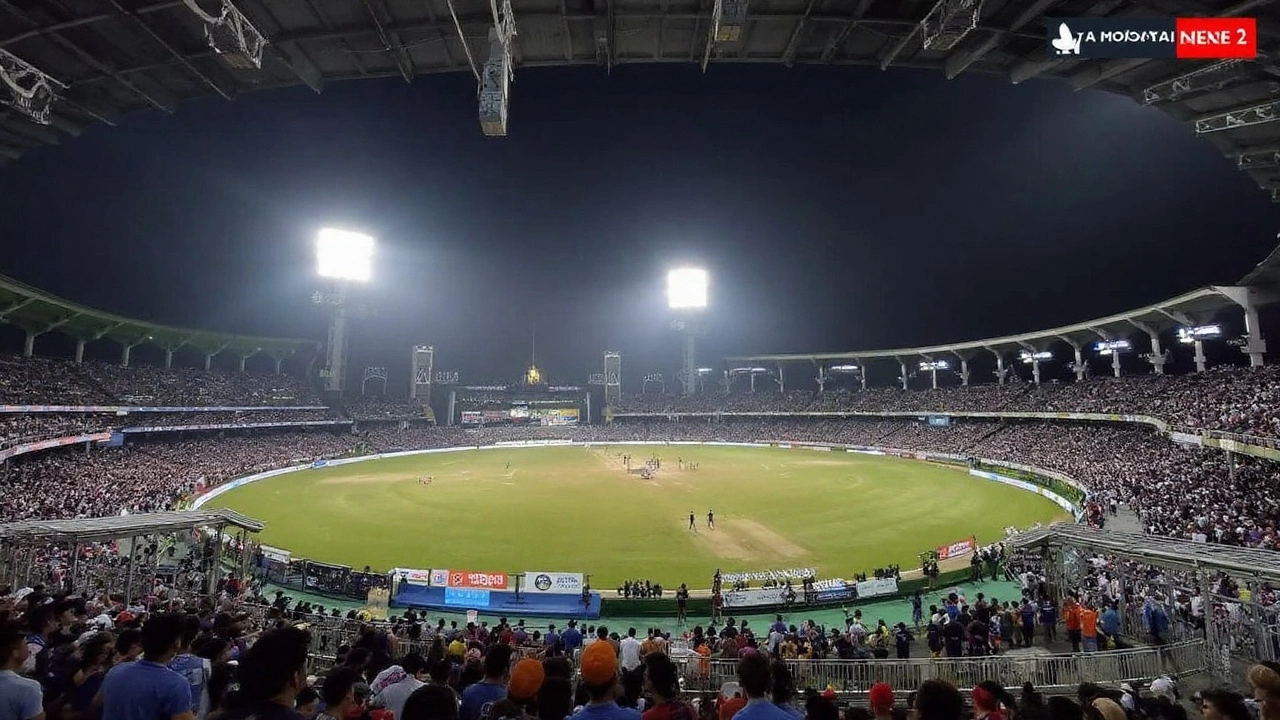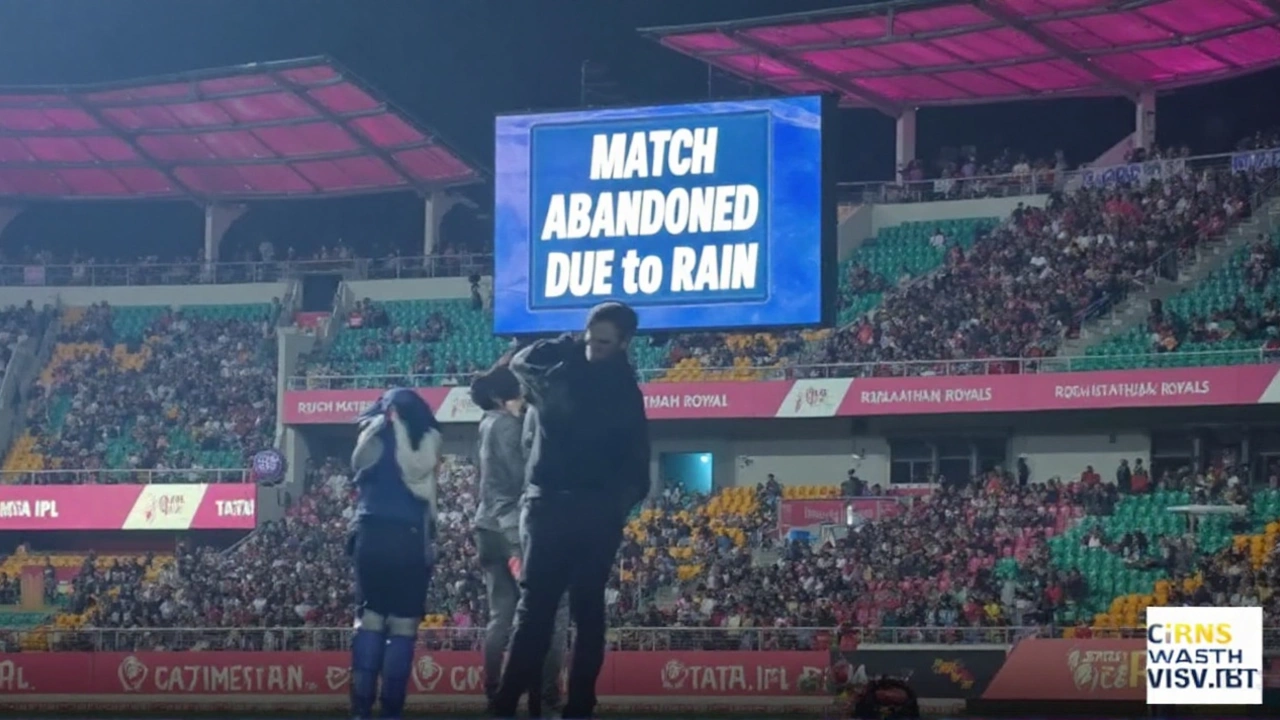
By Arjun
Two back-to-back weather systems in the Bay of Bengal are lining up to keep the monsoon firing through early September, with heavy rain forecast across 13 states and strong winds tipping 40–50 kmph in places. The India Meteorological Department (IMD) says a fresh low-pressure area developing over the north Bay of Bengal will intensify near the West Bengal–North Odisha coast by September 5, while another system is likely to form around September 10. Expect an active, even vigorous, monsoon phase across the east, central heartland, and the west coast—Mumbai included.
What’s driving this wet spell
This surge has a clear trigger: a cyclonic circulation over the Bay of Bengal that has already spun up a low-pressure area over the northwest Bay. That low is strengthening under a supportive upper-air cyclonic circulation over the northeast Bay and the Myanmar coast. Model guidance points to a west-northwest track, with the system breaching the Odisha coastline on September 4 and then travelling inland.
The atmospheric setup is classic September monsoon. Moisture is being pulled in from both the Bay of Bengal and the Arabian Sea, then funneled along an east–west monsoon trough. That trough is expected to link the fresh Bay system (Odisha–West Bengal side) with the remnant of an older circulation hanging over Gujarat. When two such systems sit across a zonal trough, they create a shear zone—winds changing speed and direction with height—that helps build tall, moisture-laden clouds. Result: widespread showers, embedded thunderstorms, and intense bursts of rain.
This Bay system also has a long journey behind it. A tropical depression formed over the South China Sea last week, crossed North Vietnam, and weakened over Laos, North Thailand, and Myanmar. Its remnants slipped into the Bay on September 1 and reorganized into a low in less than a day, thanks to warm waters and favorable winds. That heritage matters because remnant circulations often retain enough spin to quickly revive over water, which is what’s happening now.
As the low moves inland across Odisha, it will feed a rain belt that stretches into Jharkhand, eastern Madhya Pradesh, parts of Uttar Pradesh, and further west into Rajasthan and Gujarat. At the same time, onshore winds along the Konkan–Goa belt and the Western Ghats will wring out heavy showers, especially where the west coast circulation interacts with the broader monsoon flow.

State-wise outlook, risks and advisories
Eastern belt (West Bengal, Odisha, Jharkhand): Expect widespread rain with heavy spells, especially along the Odisha coast and the adjoining districts of West Bengal. Short, intense bursts can lead to quick waterlogging in cities like Bhubaneswar, Cuttack, and Kolkata. Rural tracts may see field flooding. Keep an eye on low-lying stretches and river basins such as the Mahanadi, Subarnarekha, and Damodar for sharp rises if heavy rain clusters over their catchments.
Central corridor (Madhya Pradesh, Uttar Pradesh): As the system tracks inland, it will drag a thick rain band across east and central Madhya Pradesh, then into eastern and central Uttar Pradesh. Localized heavy showers are likely, with thunderstorms and gusty winds. Intermittent power cuts, tree fall incidents, and slick highways are all possible during the strongest bursts.
Westward push (Rajasthan, Gujarat): The rain belt should arc into eastern and northern Rajasthan and much of Gujarat, helped by the old circulation over the west and the moisture conveyor from the Arabian Sea. South Gujarat and Saurashtra could catch intense spells that cause quick runoff and urban flooding. In Rajasthan, the eastern half is more at risk, though isolated heavy showers can pop up elsewhere too.
West coast and Ghats (Konkan & Goa, including Mumbai; Madhya Maharashtra): Coastal and ghat regions will be primed for heavy rain and thunderstorms, especially during afternoon and late-night windows. Mumbai’s usual trouble spots—underpasses, low-lying link roads, and stretches near construction zones—may see fast waterlogging during peak bursts. Pune and Nashik can expect frequent showers with a few heavy spells.
Southern flank (Tamil Nadu, Puducherry, Karaikal): A spillover of moisture and embedded thunderstorms will bring light to moderate rain, with lightning in parts. For Chennai and neighbourhood areas, the forecast points to partly cloudy skies with one or two spells of light to moderate rain and thunderstorms. Daytime highs should hover around 34–35°C, with nights near 27–28°C.
Wind and sea conditions: Surface winds of 40–50 kmph are likely at isolated locations across affected states during thunderstorms. Coastal squally conditions will show up in phases along the west coast and parts of the east. At sea, the advisory is sharper: rough to very rough conditions are expected over large swathes of the central Arabian Sea, along the Somalia and Oman coasts, and off the shores of Gujarat, Konkan, Goa, Karnataka, and Kerala through the first week of September. Fishermen should avoid venturing into these waters and return to harbor where warnings are in force.
Urban impacts: With back-to-back systems, cities will be vulnerable to short-duration deluges. Watch for waterlogging near construction sites, metro and suburban rail choke points, and poorly drained intersections. Commuters should plan for longer travel times during peak rain windows, especially in Mumbai, Kolkata, Bhubaneswar, Ahmedabad, Jaipur, Bhopal, and Lucknow. Localized power outages and tree falls are possible during gusty cells; keep mobiles charged and park vehicles away from weak trees.
Air and rail travel: Thunderstorms can disrupt schedules. If you’re flying from Mumbai, Kolkata, Bhubaneswar, Ahmedabad, or coastal airports along the west coast, keep an eye on airline advisories. Railway sections that run through low-lying terrain or along the Ghats may operate with speed restrictions during intense showers.
Rivers and reservoirs: Dam authorities across east and central India typically move to pre-monsoon drawdown in August. With September turning active, controlled releases may be needed in some basins if heavy clusters sit over catchments for several hours. Communities downstream of medium and large reservoirs should track local advisories, especially in the Mahanadi and Sabarmati–Narmada–Tapi systems’ feeder regions.
Agriculture: This spell is a mixed bag. The moisture boost will help kharif crops like paddy, pulses, and cotton in rain-fed tracts that were lagging. But heavy bursts can lodge paddy, flatten cotton, and waterlog soybean fields. Farmers should: drain excess water from fields; stake taller crops; cover stored grains; and scout for pest flare-ups after the rain. For horticulture, ensure orchard basins have quick drainage and prune damaged branches early to prevent rot.
Power and infrastructure: Utilities may face local faults from lightning and wind. Urban bodies have been clearing drains, but intense one-hour rain rates can still overwhelm systems. Construction sites should secure scaffolding and tarps, and keep sump pumps ready for dewatering. Highway authorities may need to respond to minor slope slips along ghat roads.
Coastal operations and ports: Harbor masters along Gujarat, Maharashtra, Goa, Karnataka, and Kerala typically hoist cautionary signals during rough conditions; barge and small craft movement could be curtailed at short notice. Offshore operations should prepare for choppy seas and intermittent squalls.
Health and safety: Thunderstorms bring lightning risk—avoid open fields and water bodies during active cells. Road users should slow down on slick stretches and avoid underpasses prone to flooding. Keep basic supplies—drinking water, a flashlight, a power bank—within reach for short disruptions.
Preparedness checklist for households and commuters:
- Check local forecasts in the morning and evening; adjust travel plans if heavy spells are likely.
- Charge phones and power banks; keep a small emergency kit at home and in your vehicle.
- Avoid parking under old trees or near loose hoardings during gusty periods.
- If you live in a low-lying area, move valuables above floor level and keep sandbags or barriers ready.
- For fishers and coastal workers, follow harbor advisories and do not venture into rough seas.
The road ahead: The first low over the north Bay is set to intensify as it nears the West Bengal–North Odisha coast by September 5, then track inland across Odisha with a broad rain shield. A second disturbance around September 10 would keep the monsoon switched on across much of India into mid-September. With the monsoon trough active and a shear zone likely to persist, the first half of the month will skew wetter than average for large parts of the country.
IMD’s marine warnings cover the Arabian Sea along the Somalia and Oman coasts, most of the central Arabian Sea, and Indian coastal waters off Gujarat, Konkan and Goa, Karnataka, and Kerala. On land, the states flagged for heavy rain include West Bengal, Odisha, Jharkhand, Madhya Pradesh, Uttar Pradesh, Rajasthan, Gujarat, Madhya Maharashtra, and Konkan & Goa, with Tamil Nadu, Puducherry, and Karaikal in line for light to moderate rain with thunderstorms and lightning. For Chennai, expect partly cloudy skies and a couple of thundershowers, with temperatures around 34–35°C by day and 27–28°C at night.
September has started wet, and the synoptic picture suggests the momentum will hold. Keep plans flexible, track local advisories, and give the weather the respect it deserves this week.